This is a reader-supported publication. I give it all away for free but could really use your support if you want me to keep doing this.
Audio version of today’s post.
All the border’s a base, and all the migrants and military merely players
WAPO: First migrants charged with entering restricted military zone at border
NYT: U.S. Creating Second Military Zone Along Southern Border
Talk about mission creep. Now, we have military base creep.
The US Government has created a fake military base along a swath of the US border so that it can charge migrants with trespassing on a military base when they cross the border. In that way, the Trump administration simultaneously bypasses border laws while shifting their processing to military units operating there.
Evil genius, say I, with accent on “evil.”
The Justice Department has begun the first criminal prosecutions of migrants who breach a newly expanded military zone at the southern border that is patrolled by U.S. troops, threatening people with additional penalties for crossing the U.S.-Mexico border illegally.
At least 28 migrants were charged Monday with crossing into the 170-mile-long “National Defense Area,” a 60-foot strip of land that stretches across the bottom of New Mexico and has effectively been turned into part of a U.S. military installation. Prosecutors added the new charge of violating security regulations in U.S. District Court in Las Cruces to the more common misdemeanor of entering the United States illegally.
Both crimes are classified as misdemeanors. But the new charge increases the possible penalties to up to a year in custody and $100,000 in fines, whereas the traditional illegal-entry charge carries only a maximum six-month jail term and up to $5,000 in fines.
Neat trick, huh? A second such zone is being set up in Texas.
Maybe we can just start designating large swaths of America as “military zones” so our forces can get around posse comitatus restrictions and start policing operations within our borders. Why not declare some sanctuary city to be an expanded military zone? So the military can implement crowd-control measures as needed?
Now, we’re getting somewhere on nation-building at home!
The “black helicopter” people must be loving this … you know .. because it’s a right-wing government comforting — not confronting — us with martial law … you know, the good kind.
Sound like a stretch to you? It shouldn’t after this trick. This administration will cross every and any Rubicon and keep rolling until SCOTUS calls them off and they submit … or so we hope.
Military patrolling the streets, masked gunmen snatching people off corners … it’s all good, and perhaps entirely necessary if America (I mean, White America) is going to be saved.
The American Civil Liberties Union of New Mexico said the military’s expanded powers allow service members to “detain civilians, conduct physical searches, implement crowd control measures, and assist with barrier installation” in the New Mexico National Defense Area.
This is all about piling on the criminal charges while militarizing the border.
How this gets us a more “lethal” military, I am unclear.
Maybe if SECDEF dropped and gave the cameras 30!
We’ve already had our first military casualties — two dead in a vehicle rollover when patrolling.
This takes us from policing the world with our military to policing our own territory with our military — America first, alright.
Bring the boys home, bring the war home.
But understand this: when you turn something into a war, war crimes are sure to follow.
2) Insurance as Achilles heel of agriculture re: climate change
JOURNAL OF DATA SCIENCE, STATISTICS, AND VISUALIZATION: Climate-Driven Doubling of U.S. Maize Loss Probability: Interactive Simulation with Neural Network Monte Carlo
From the abstract:
Climate change not only threatens agricultural producers but also strains related public agencies and financial institutions. These important food system actors include government entities tasked with insuring grower livelihoods and supporting response to continued global warming. We examine future risk within the U.S. Corn Belt geographic region for one such crucial institution: the U.S. Federal Crop Insurance Program. Specifically, we predict the impacts of climate-driven crop loss at a policy-salient “risk unit” scale. Built through our presented neural network Monte Carlo method, simulations anticipate both more frequent and more severe losses that would result in a costly doubling in the annual probability of maize Yield Protection insurance claims at mid-century.
A doubling of crop insurance claims in just 25 years.
No specific predictions on how much more expensive those policies become, as a result. The cost of crop insurance in the United States is shared between farmers and federal taxpayers, with the government covering the majority of the expense (60-65%).
Homes in some US regions are too vulnerable to climate change to insure now. How long until farmland becomes too vulnerable to insure?
3) “I didn’t think it would happen in my lifetime.”
PBS FRONTLINE: ‘A Place to Escape To’: Why Some Alaska Native Villages Are Facing Relocation
The perfect clip:
“Our ancestors said one day we will come upon this day,” Agatha Napoleon, who serves as the climate change coordinator for the Native Village of Paimiut, says in the documentary. “I didn’t think it would happen in my lifetime.”
Warming climate eliminates the permafrost conditions. Once that happens, the shoreline crumbles with each wave. With climate change, the storms grow bigger and badder, yielding, as one tribal elder put it: “an entire lifetime’s worth of erosion in one storm.”
Don’t worry. Once the Trump Administration kills PBS, we won’t have to suffer such doom-and-gloom reporting from Frontline.
4) Spread the wealth
5) Meanwhile, Huawei marches on
6) Canaries in the coalmine
7) Crypto contamination
8) The Saharan comes to the Sub-Saharan
9) Romanticizing the past, romanticizing factory work
10) All Quiet on the Virtual Front
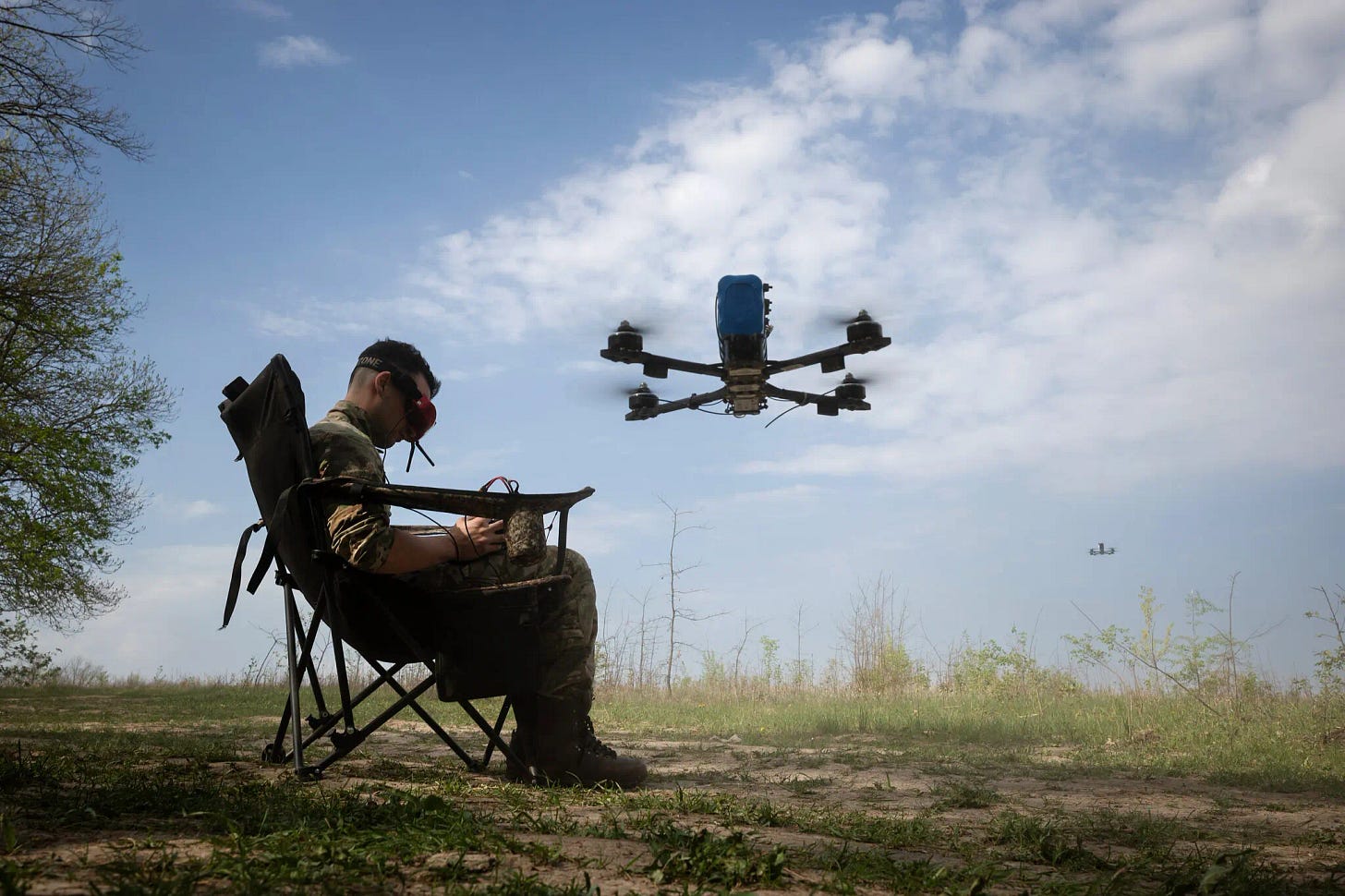




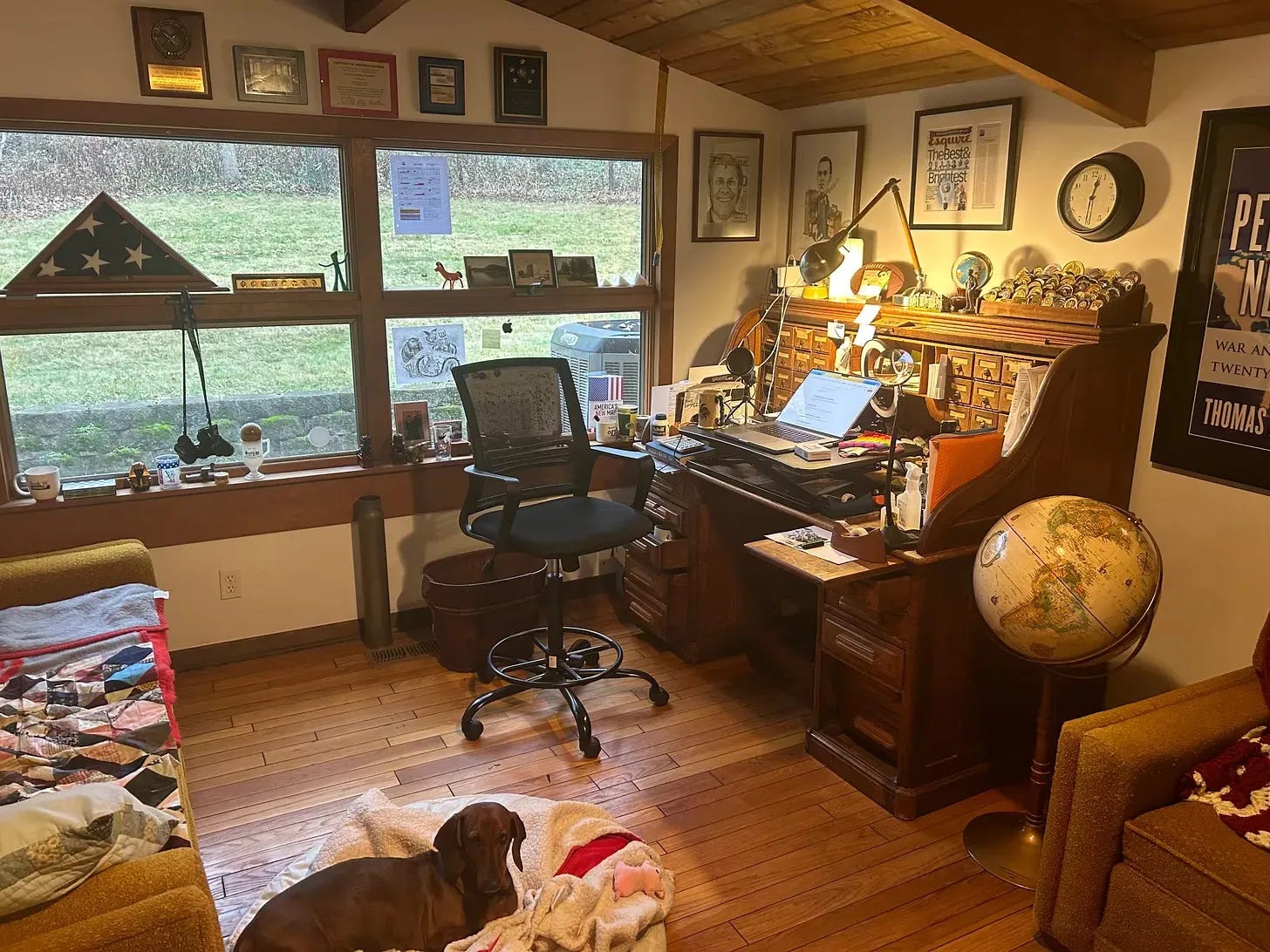



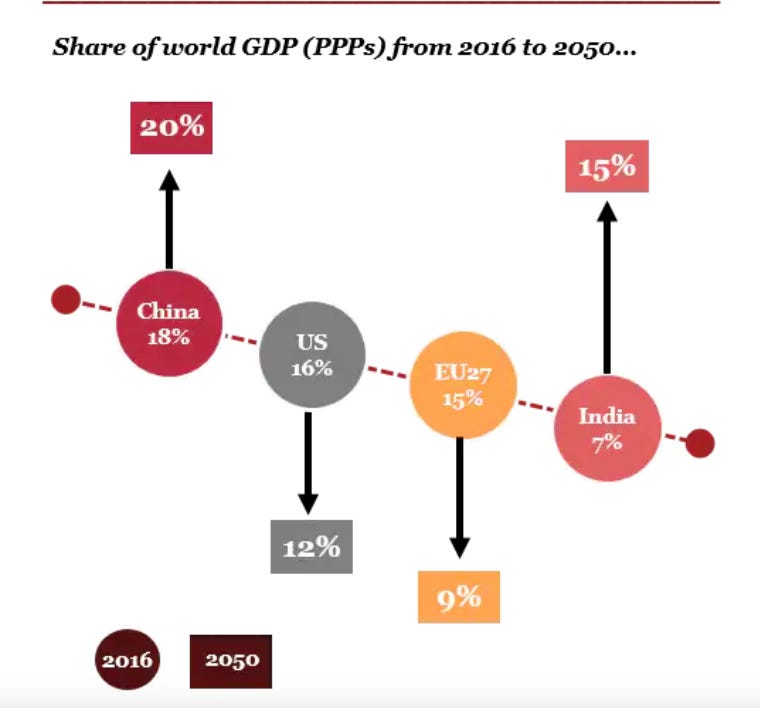





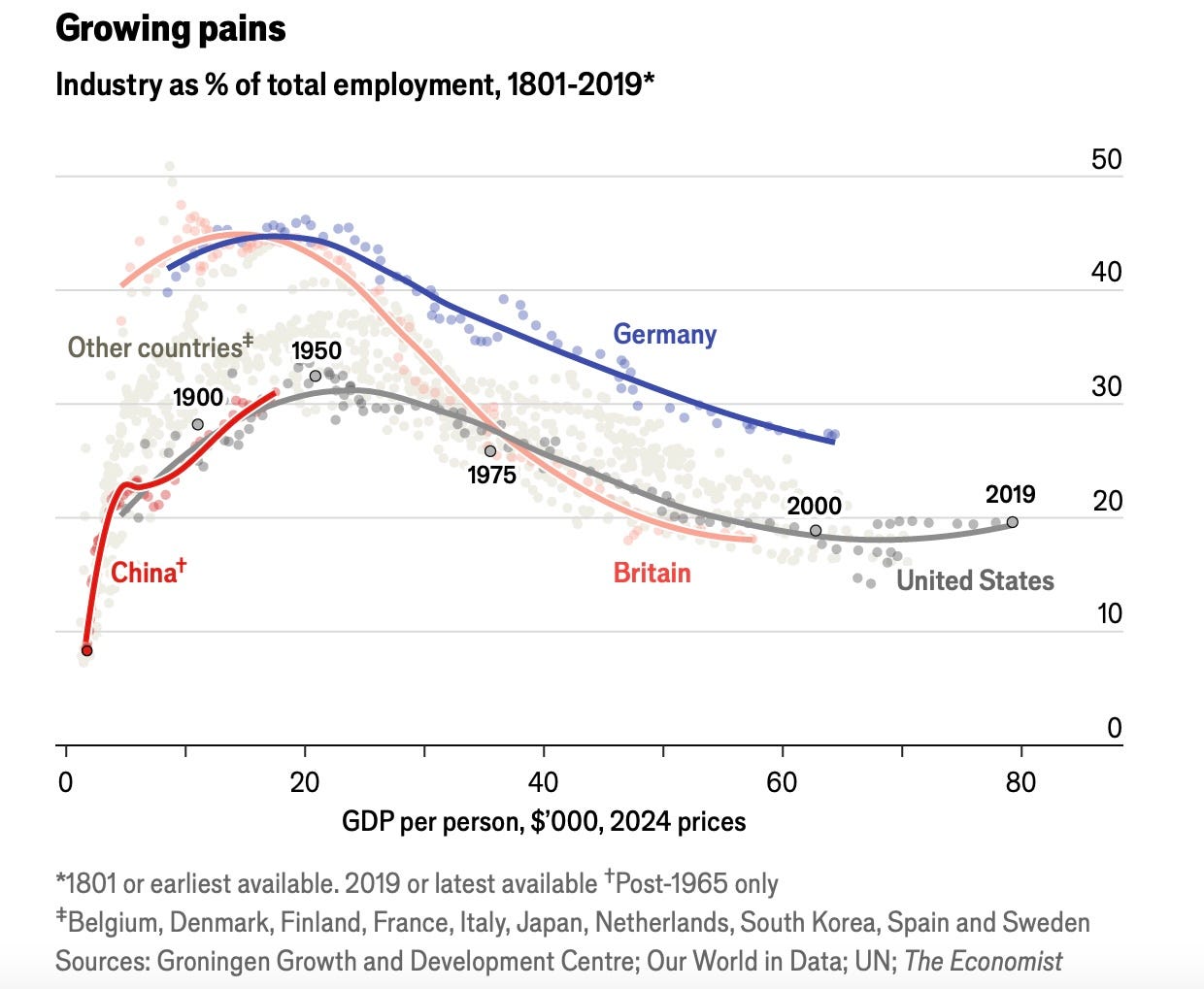





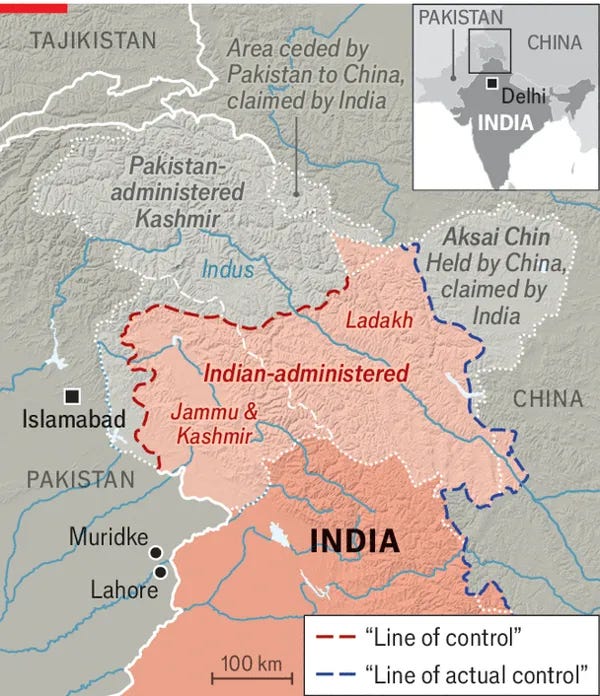











Share this post